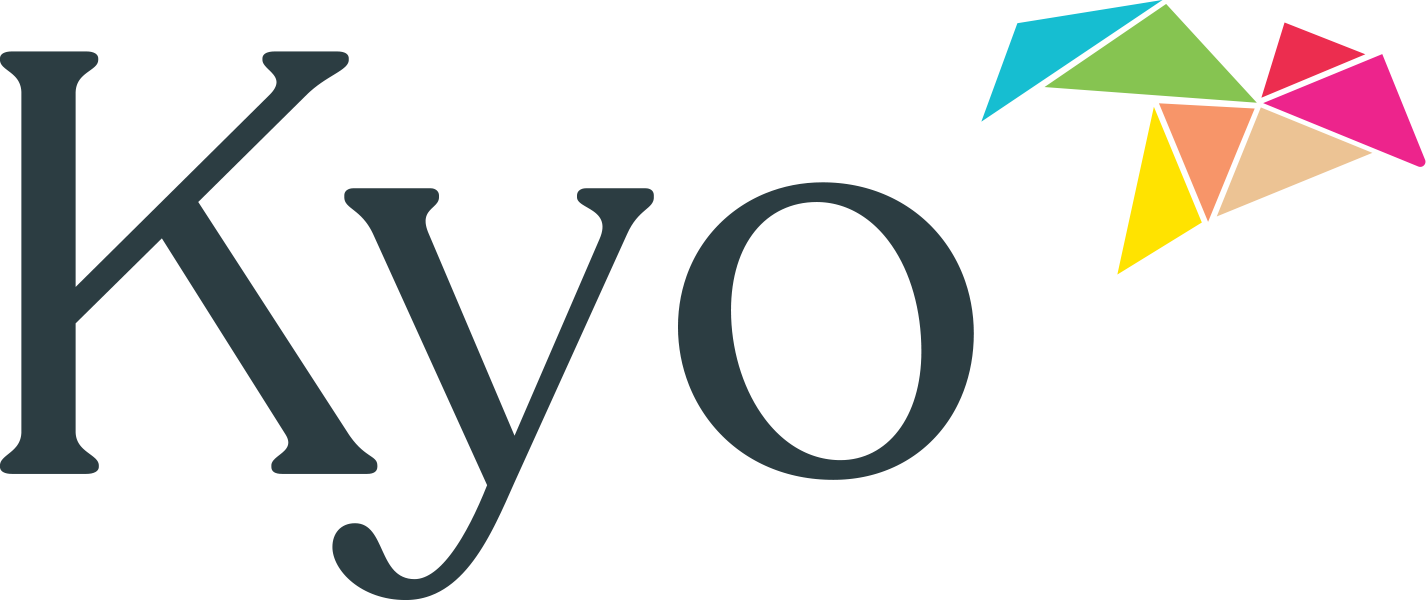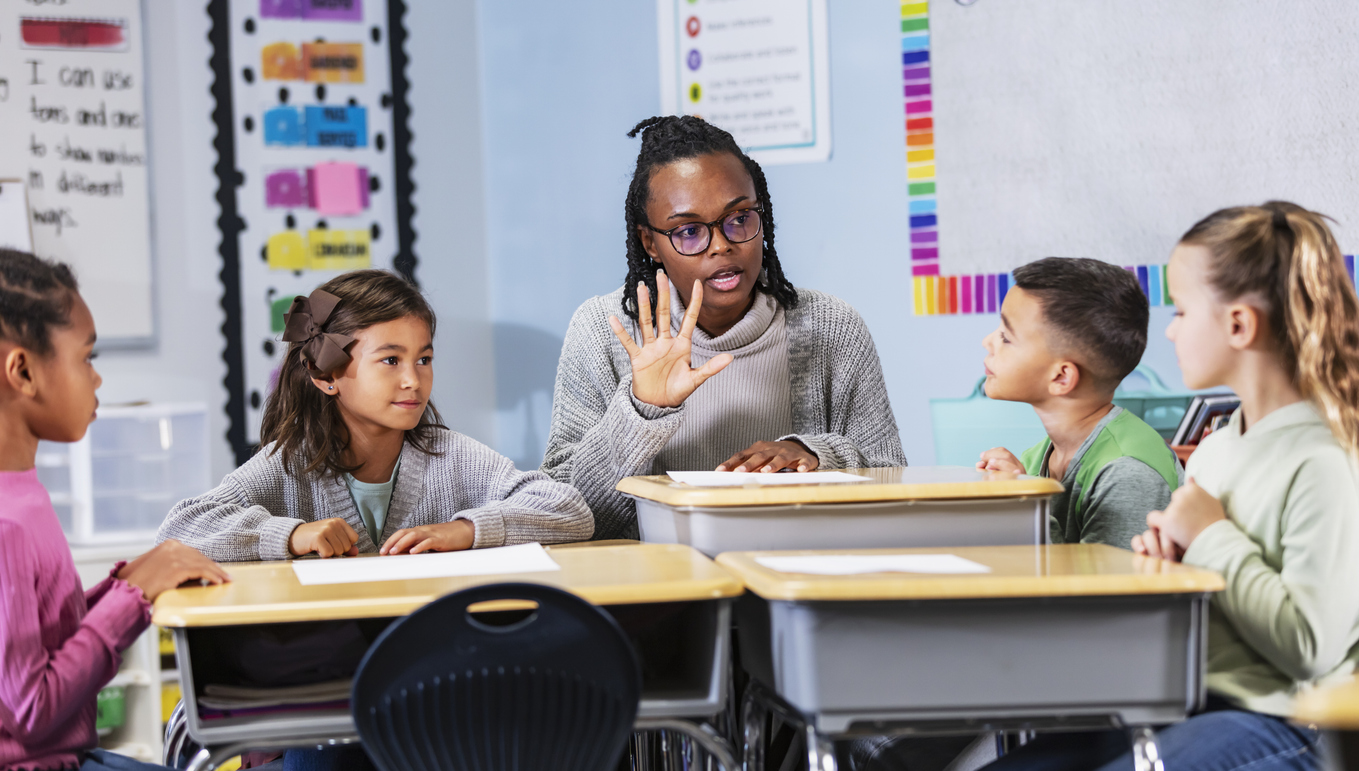The key to improving classroom behavior and creating a calm, enjoyable environment starts with using effective behavior management strategies. When teachers are proactive and intentional about creating systems that support positive choices, they set the stage for a more focused, respectful, and productive learning environment. One powerful tool for achieving this is the use of group contingencies—an approach rooted in Applied Behavior Analysis (ABA). These systems rely on group goals and collective rewards to encourage positive behavior, cooperation, teamwork, and accountability among students. By tapping into the natural social dynamics of the classroom, group contingencies can transform behavior management into a positive, community-building experience.
What Are Group Contingencies?
A group contingency is a behavior management strategy where reinforcement (a reward or preferred outcome) is delivered to a group of students based on the behavior of some or all members of the group. Rather than focusing solely on individual behavior, group contingencies tap into the power of social dynamics by promoting collective responsibility.
This approach is particularly useful in classroom settings, where teachers aim to manage behavior efficiently while maintaining student engagement and building a strong classroom community.
Types of Group Contingencies
There are three main types of group contingencies, each with its own structure and benefits:
1. Dependent Group Contingency
The entire group’s reward depends on the behavior of one or a few selected students. The chosen student(s) are usually informed in advance, which encourages them to take their role seriously, knowing others are counting on them.
Example: “If Sarah earns 10 points for following directions today, the whole class will get an extra five minutes of recess.”
2. Interdependent Group Contingency
In this model, everyone must meet the behavioral expectation for the group to earn the reward. This promotes teamwork and shared accountability.
Example: “If every student completes their math assignment without talking, we’ll play a class game at the end of the day.”
3. Independent Group Contingency
Each student works toward the same goal, but reinforcement is earned on an individual basis. Students participate in the same system, but rewards are personalized.
Example: “Any student who earns 3 positive behavior tickets by Friday will get to choose a prize.”
A Classic Example: The Good Behavior Game
One well-known and widely researched interdependent group contingency is the Good Behavior Game (GBG). The game was first developed and tested in 1969 by a group of researchers at the University of Kansas. It’s typically used during instructional times to increase on-task behavior and reduce disruptions.
How it works:
- The class is divided into two or more teams.
- Teams earn points (or marks) when a member displays inappropriate behavior, such as talking out of turn or getting out of their seat. Points are displayed on a whiteboard or other location for all students to see.
- The team(s) with the fewest marks at the end of the game win a predetermined reward.
Why it works: GBG turns behavior management into a game, giving students a chance to self-monitor, support their teammates, and earn group incentives. It’s been shown to improve classroom behavior in the short term and support long-term social and academic success. Today, classroom teachers might prefer to refer to this group reward system as the “Good Choices Game.”
Benefits of Group Contingencies for Classroom Management
- Efficiency: Easier to manage than multiple individual behavior plans.
- Peer Support: Encourages students to motivate and remind each other.
- Increased Motivation: Students are often more motivated when working toward a shared goal.
- Positive Culture: Reinforces the idea that everyone plays a role in classroom success.
Tips for Successful Implementation
- Be Clear: Explain expectations and how rewards are earned. Engage students in advance when using a Dependent Group Contingency.
- Keep it Simple: Use visual aids like charts or scoreboards to track progress.
- Make Rewards Meaningful: Choose incentives students value, such as extra playtime or a class privilege.
- Switch It Up: Alternate between different types of group contingencies to maintain engagement.
Final Thoughts
Group contingencies are more than just a reward system — they are a way to build connection, cooperation, and a shared sense of purpose in the classroom. Whether you’re using a game-based model like the Good Behavior Game or rotating between dependent and independent strategies, these tools give students opportunities to support one another and feel invested in their classroom community. When thoughtfully implemented, group contingencies help create a structured, encouraging learning environment where everyone has the chance to succeed — together.
Learn how to use classroom contingency contracts to encourage positive student behavior in relation to this group rewards strategy.




